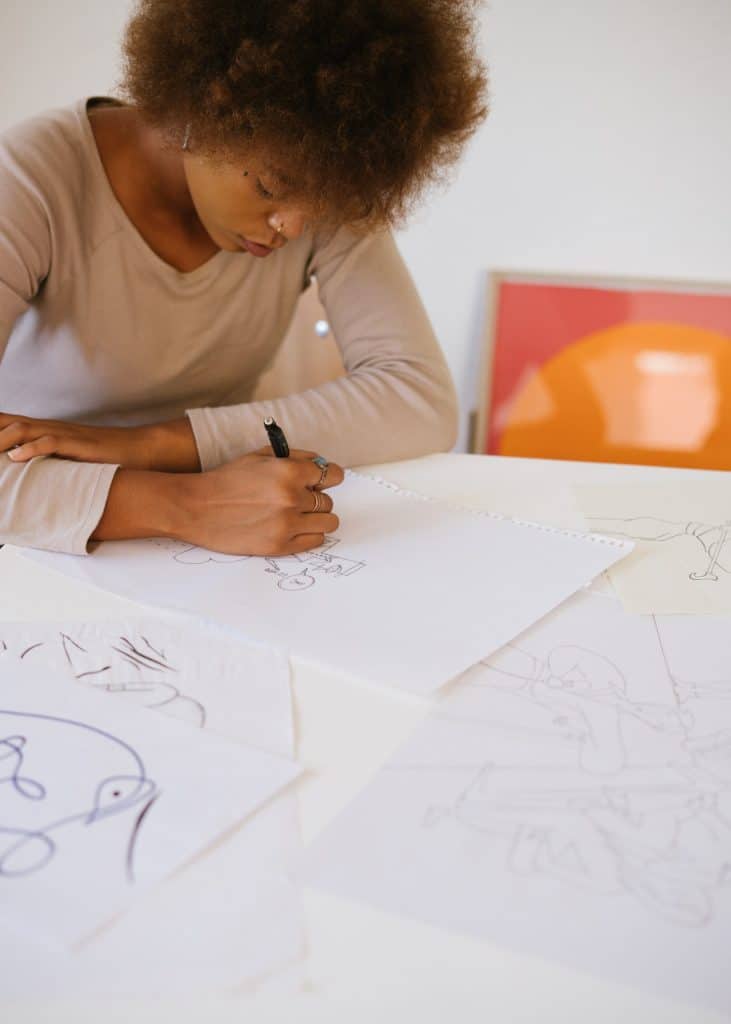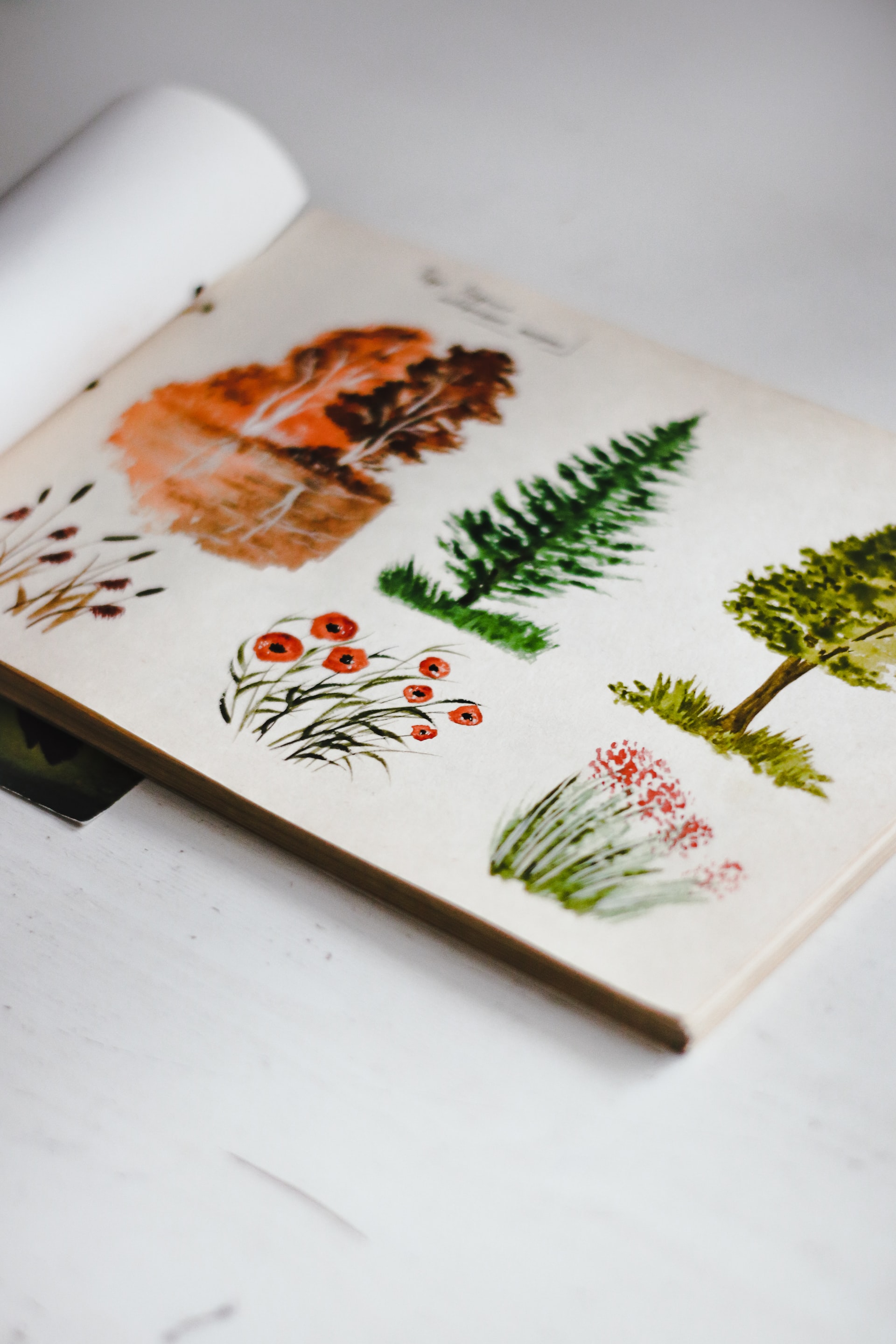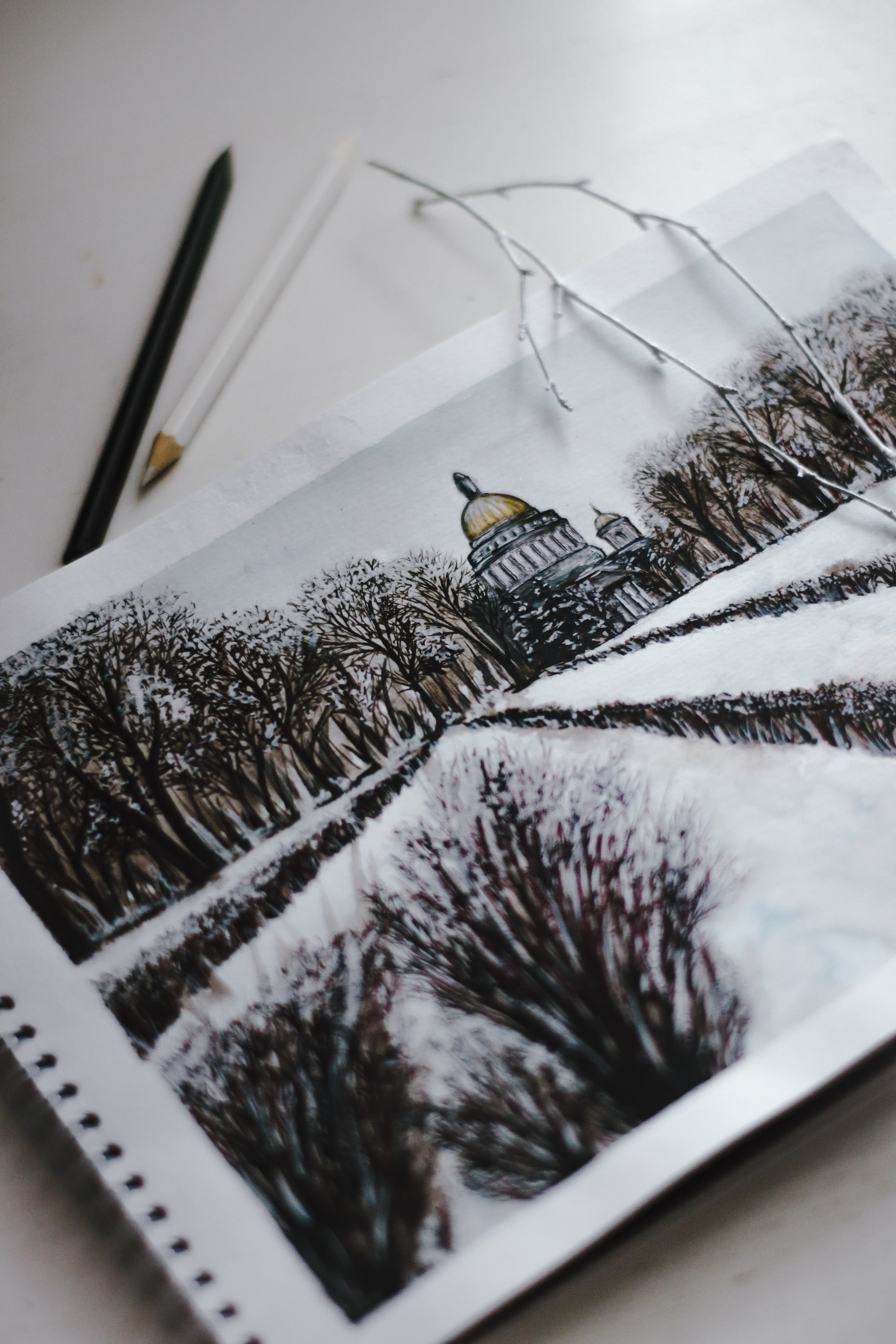Illustrations are used across a vast range of industries and these two dimensional drawings that are paired as an explanation to various ideas are far reaching. We’ve developed a list of seven different common types of illustrators, but this list is not exhaustive. In fact, there are a number of different types of illustrations you can work on that we don’t cover in detail, such as scientific, storyboard, technical, forensic, product packaging, concept art, etc. These different specialties give you room to find creative spaces to work within. You can find a niche that you are passionate about or one that can challenge you outside of your comfort zone to grow as an artist. Let’s draw out in detail seven different types of illustrators:
An editorial illustrator works on newspapers, magazines, and journals to create images that support the text. Their job is to attract readers, engage them, or draw their attention to certain areas to entice them to read more about an article. The goal of an editorial illustrator should be to better explain what is inside a text. They are also famously used in the editorial cartoon section of a newspaper which is often a humorous and satirical section focused on politics or current events.
A product illustrator creates a drawing for a specific product for a private company or brand. These product illustrations are used for promotional materials such as brochures, websites, commercial product packaging, and various other types of advertising. These illustrations, whether they are a drawing or a painting, can often become a large part of the company’s brand identity. Product illustrators are used to add a human element to a product.
Illustrations in children’s books are a perfect example of how drawings and images can be combined with text to help tell a story — enhancing the text itself. The work of a children’s book illustrator is to create visual representations that match the text story on each page so a child can visually follow the narrative. Illustrators working on children’s books often work either independently with writers or with a publishing company. They would start by meeting with the client to get an idea of how they visualize the storyline, before diving into the creation of the illustrations themselves.
A medical illustrator is someone who creates illustrations of medical models to make them easier for the reader to understand. This speciality is difficult because you need to have extensive training in medicine and science, as well as the ability to use technology and media to communicate the concepts. Medical illustrations are often used to improve patient literacy, as well as public literacy so medical illustrators will often work closely with medical professionals to ensure that the drawings are accurate. The ultimate goal of a medical illustrator is to make a difficult medical topic easy to understand which can be both a challenging and rewarding experience for an illustrator.
If you have a passion for fashion, a fashion illustrator is an interesting and creative job choice. The role of a fashion illustrator is to create abstract fashion images or vivid drawings of different fashion items or trends, whether that is a particular article or accessory or a full outfit design. It’s all about communicating fashion through art and drawings. A fashion illustrator may work for a fashion magazine, blog, a department store or a specific brand or fashion house. These illustrations can be used to help clients decide on fashion outfits or to be used for advertising and selling different lines of clothing. The process of fashion illustration can be used as a brainstorming tool in developing new clothing styles so there is lots of space for big creative ideas.
The role of a comic book illustrator is quite self explanatory — you are creating the drawings for cartoon strips, books, and cartoons. Sometimes these roles are also called cartoonists, graphic novel artists or comic script illustrators, yet they all mean the same thing. Often you will have to include text or spaces for text within the illustrations themselves. The goal is to tell the story, depict the characters, craft the scene, orsituation in a way that is clear, concise, as well as captivating to audiences. Readers want to be engaged and entertained in their comic books — the illustrations play a big part in that, so becoming a comic book illustrator is a niche to specialize in.
A courtroom illustrator is an important role that can sometimes be quite stressful — the job is to draw the proceedings of a trial to be matched with the notes taken. These illustrations need to provide a visual representation of what happened inside the courtroom and are especially important in closed court proceedings where cameras are not allowed in the courtroom due to a ban by the judge. Their work is heavily referenced by media outlets, especially in high-profile cases, so the illustrators often work for or directly with media to help share information with the public. A courtroom illustrator needs to work quickly within the time restraints of how long the court proceedings are. This often means drawing as quickly as possible while capturing the scene accurately, and all while doing so under pressure.


